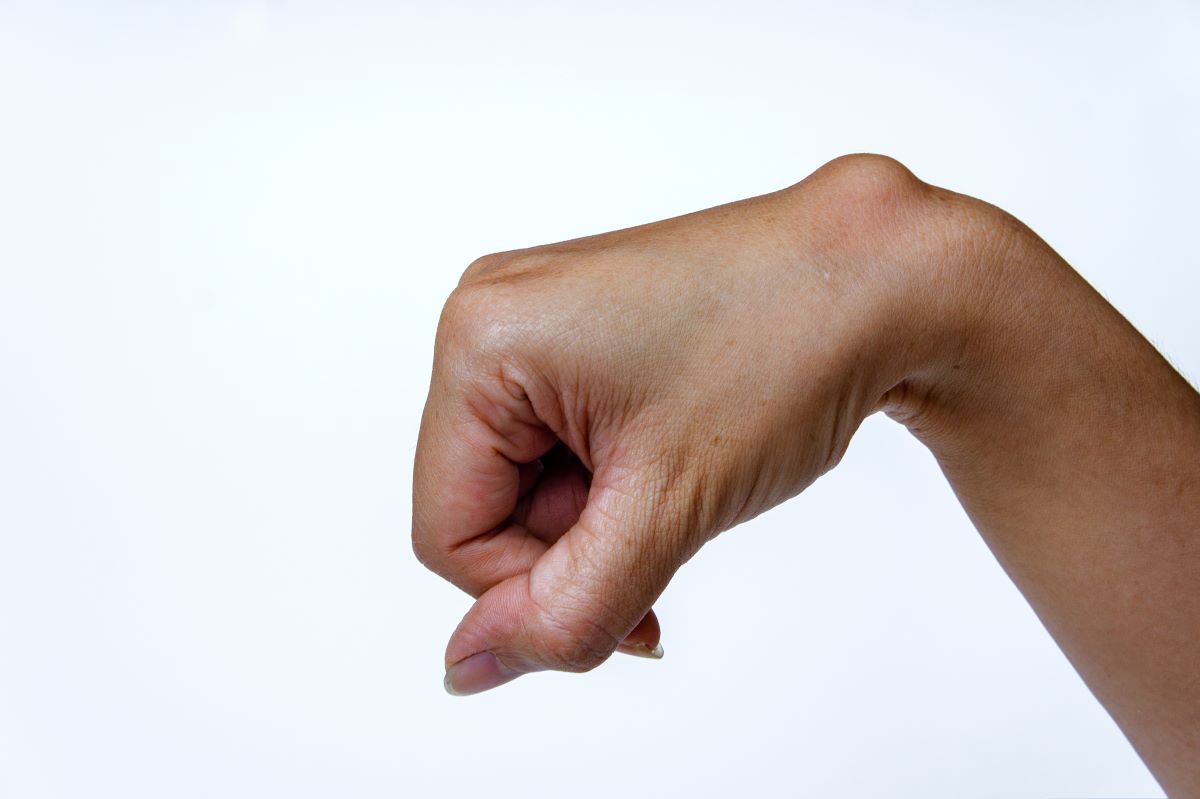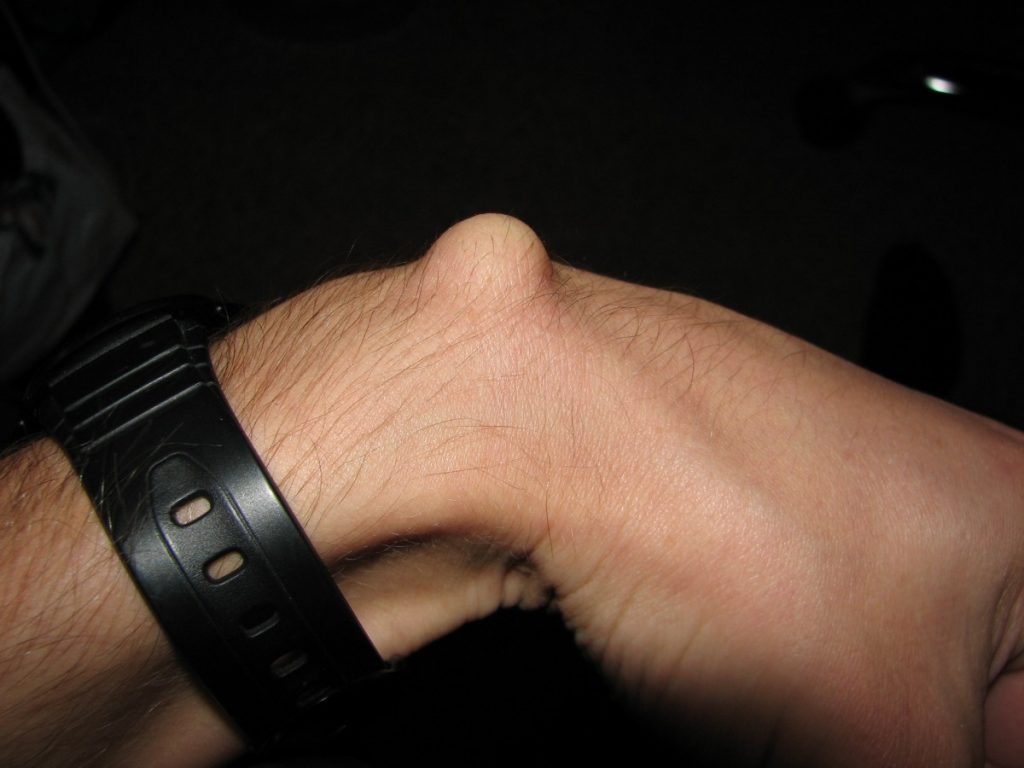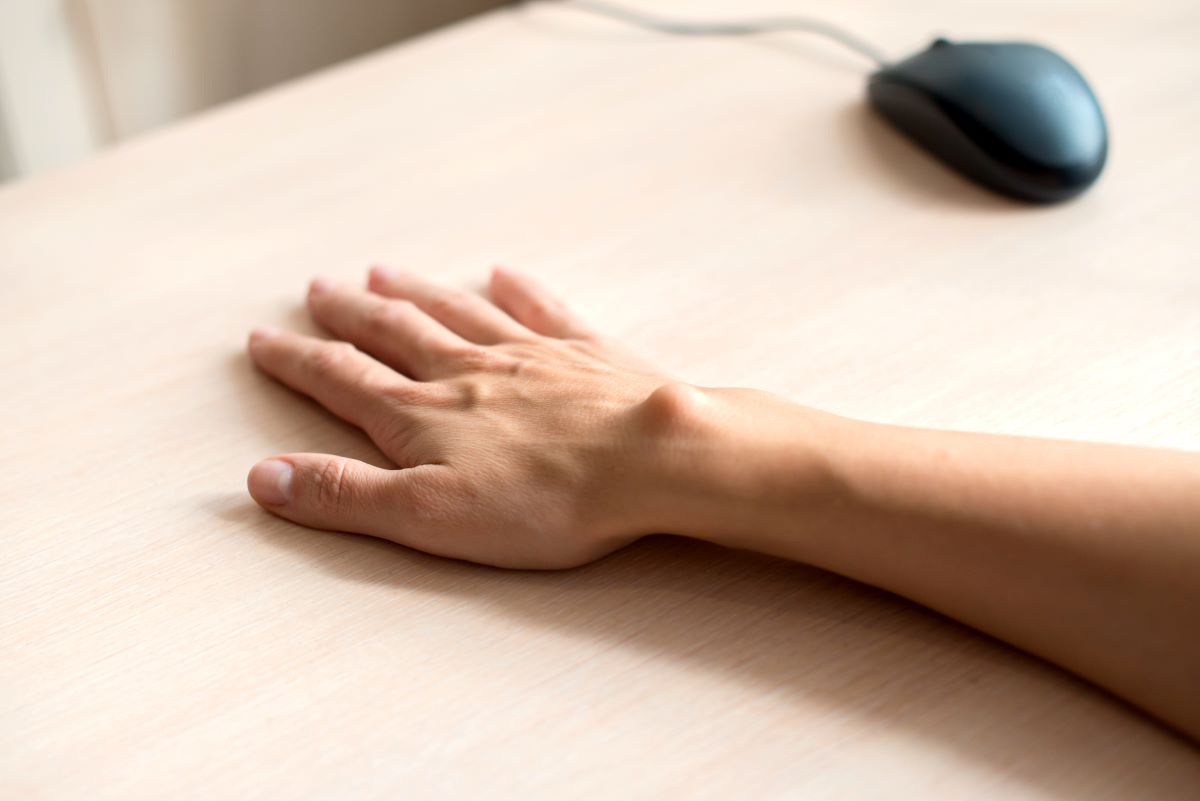
Wrist Ganglions Treatment
Book AppointmentA ganglion cyst is a harmless swelling that can appear at any joint in the body, but most commonly occurs at the wrist. The cyst is filled with fluid and can grow to various sizes, the largest that of a golf ball.
Causes of Wrist Ganglions
Wrist ganglions form when synovial fluid, which is based around joints and tendons, leaks out in a sac. The reason they occur is unknown.
Symptoms
You may experience the following symptoms if you have a wrist ganglion:
- A round, smooth lump under the skin of your wrist
- In some cases, wrist ganglions can cause some pain

Wrist Ganglions Treatment
In some cases, particularly the ones in which the ganglion causes no pain or discomfort, they can disappear with no treatment whatsoever, but this can sometimes take several years. There are two options to remove a wrist ganglion:
Aspiration
Aspiration is a simple procedure in which the swelling is removed with a needle and syringe. The doctor will use the syringe to remove as much of the fluid in the cyst as possible, and may also inject the affected area with a steroid medication, in attempt to stop any recurrence of the ganglion. After this, a plaster will be placed to cover the small hole in the skin which remains from the procedure. This can be removed a few hours later. Although aspiration is a quick and simple procedure, ganglions have returned in around half the patients who have used this method.

Surgery
There are two surgical procedures available to remove a ganglion cyst. Firstly, you could have open wrist surgery, in which a medium incision is made over the affected joint, allowing the ganglion cyst to be removed. The other option is arthroscopic keyhole surgery. This allows smaller incisions to be made, with the procedure involving a tiny camera known as an arthroscope being inserted through the incision so the surgeon can view the inside of the joint to remove the cyst.
Both surgical options can be carried out under either local or general anaesthetic.
Aftercare & Follow Up
After surgery, the incision will be stitched and then bandaged, to reduce the risk of infection. You’ll also be given painkillers in case the wound becomes painful later on. You may also be given a sling to wear for the first few days after surgery, to keep the wrist safe, and to help reduce any swelling.
Get in touch
Please use this form if you are interested in booking an appointment. We do not give general medical advice over email.
